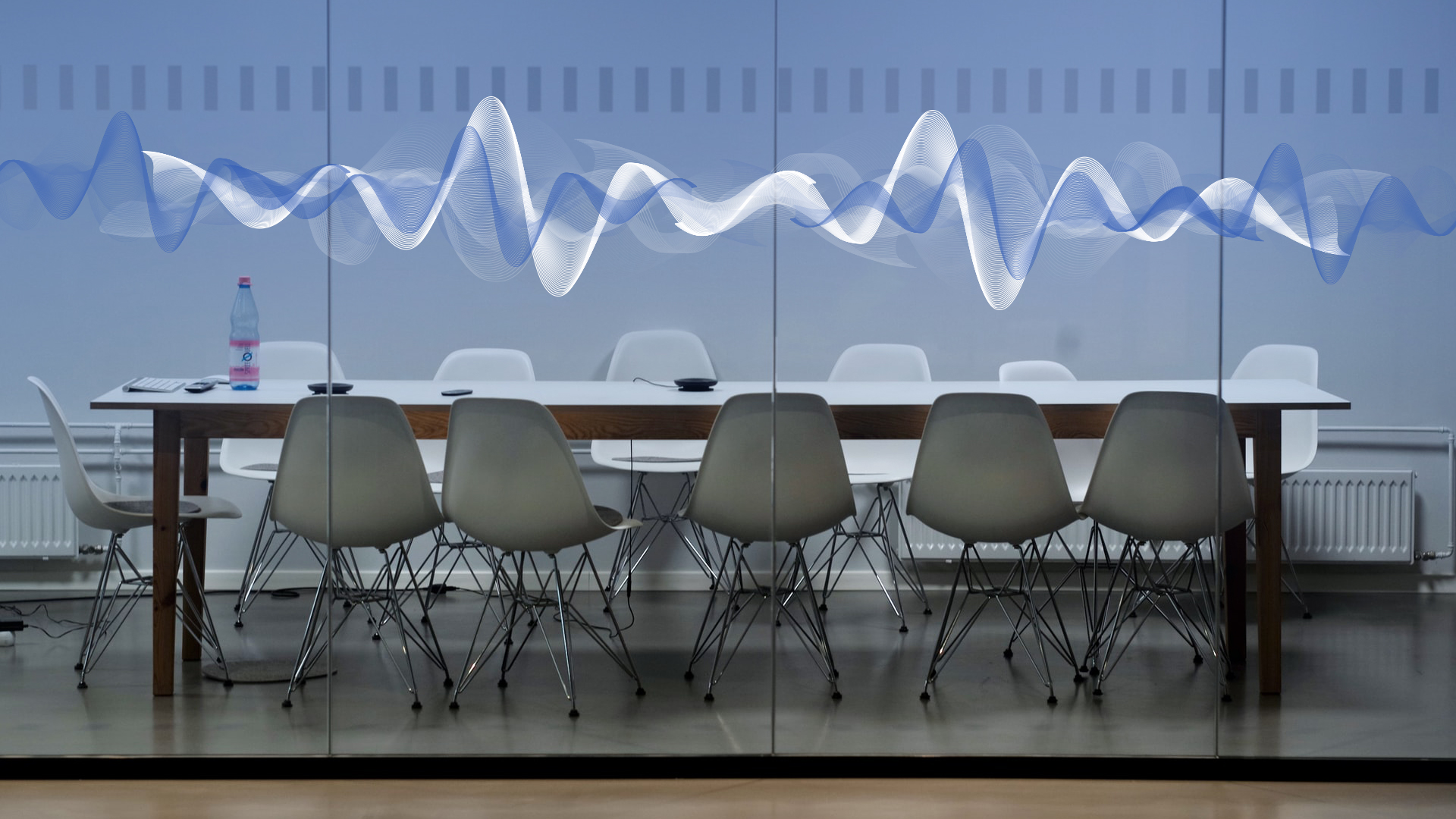Sound is a sometimes annoying medium that we cannot see but very often need to control. There are two basic ways to attempt to “control” sound: “diffusion” is about controlling the sound within the space you are in by eliminating hard surfaces, providing absorption, and minimizing reflectivity. And “isolation” which entails keeping the unwanted sounds out of a space by using acoustic barriers like a Moderco moveable wall. In order to determine the effectiveness of materials and products in providing diffusion and isolation and also provide a method by which product comparisons can be made, two specific test procedures and reporting methods are in place. The “rating” commonly used in North America is STC (Sound Transmission Class) STC EXPECTATIONS The “rating” used elsewhere in the world is Rw (Weighted Sound Reduction Index). The testing and reporting methods are similar in many respects but at the same time are different enough such that where they differ is worth highlighting.
Both rating systems consider two critical sound elements: Frequency (pitch) measured in Hertz (Hz) or cycles per second & Decibels (dB) – a measurement of how loud the sound is. Think of waves in the ocean: frequency is how close one wave follows another and decibels is a measurement of the volume of the wave & how tall or big each wave is.
The difference between STC and Rw is the range of frequencies that are tested in order to determine dB reduction and how to factually use or interpret the resulting numbers. STC covers the range from 125 Hz to 4000 based on ASTM E-90 and E413 test procedures. ASTM E-90. Rw covers the range from 100 Hz to 3150 Hz: it is an ISO rating and part of the ISO 140 (acoustic) family. Both test procedures, which are very similar, cover 16 octave bands. Both procedures report a single number result. A primary difference is that Rw takes into account sounds at lower frequencies than does STC. And it is at these lower frequencies that most reported sound issues are encountered. Traffic sounds, amplified visual presentations, music systems, bass instruments and the most annoying sounds of people talking in an office environment are typically the “sound isolation” complaints are occur at frequencies below 125 Hz.
Is it possible to convert the results of an Rw test to STC? Yes but only by a qualified acoustician in accordance with ISO Standards. STC is an ”averaged sound insulation” number (STC’s +/- 1 are equal) STC’s +/- 1 are equal while Rw more closely follows the decibel scale in that 1 dB = 1 Rw. In addition although the respective sound test procedures are similar, the way that the individual results are interpreted are dissimilar. Even with these differences in frequencies tested and the interpretation of same, an acoustical engineer can extrapolate and interpret results from individual sound tests such that results are reliable. From a practical perspective Rw is more “user friendly” and realistic as to what to expect: a change in 1 Rw will equal a change of 1 dB. STC on the other hand is not as specific and cannot be interpreted with the same general accuracy of an Rw test in terms of sound reduction. In general STC values will be around 3-4 dB higher for the equivalent Rw. Example STC 50 would be equivalent to Rw 46 or 47.
Regardless of which test procedure you use to choose a moveable wall you should follow the same procedure to ensure satisfaction:
- Determine as best you can the amount of decibel (noise) reduction you wish to achieve for your application. For example if your source room is expected to generate 90 dB of “noise” and you want to reduce sound transference to 40 dB then you will generally require a “minimum m” STC 90 - 40 = STC 50. The Rw equivalent would be Rw 46 or 47. To be on the safe side we suggest that you select a higher STC or Rw.
- Become familiar with Moveable Wall acoustics. Moveable Wall Acoustics
- Review the ASTM E-90 sound test procedure in order to ensure you have a better feel for what STC represents and what you are looking for.
- Ask proposed suppliers for a copy of their sound test and ensure it is current and complete. Ask for a complete test report
- If you have any questions or concerns call Moderco at 1.800.363.3150
For a synopsis of Moderco Flat Wall Acoustic Products see MODERCO PRODUCT SELECTOR
Acknowledgement to Aluglass Bautech for much of the information contained in this article.





